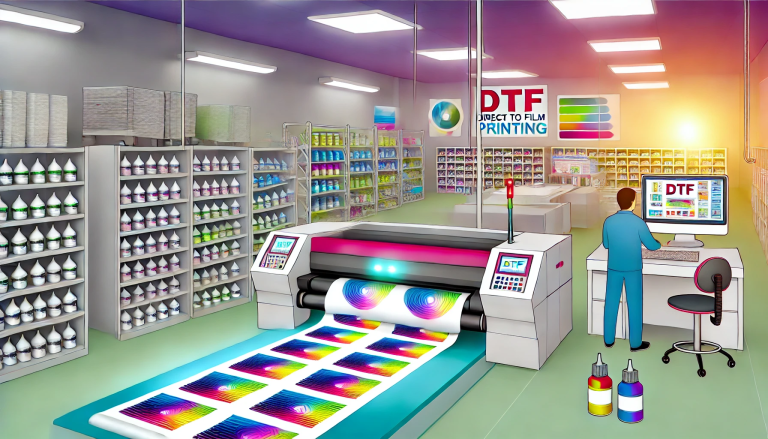“The Ultimate Guide to Melting UV DTF Powder” -MAXDTF- China UV DTF AB Paper, Direct to Transfer UV DTF Decal Manufacturer, Made in China
If you’re new to the world of Direct-to-Film (DTF) printing, you might be intrigued by the diverse range of materials and procedures involved. In the DTF printing process, one of the most critical elements is the DTF powder, also known as adhesive powder.
In recent years, UV DTF powder, which reacts under ultraviolet light, has become quite popular in this domain. Here, we’ll demystify the process of melting UV DTF powder to ensure a successful, high-quality print transfer.
Understanding UV DTF Powder
Before diving into the melting process, it’s essential to understand what UV DTF powder is. In short, it’s an adhesive powder that’s sprinkled onto DTF ink before it dries, allowing the printed design to adhere to various materials, such as fabric. What makes UV DTF powder unique is that it only reacts, or melts, under ultraviolet light, providing more control over the transfer process.
Step-By-Step Guide to Melting UV DTF Powder
- Printing the Image: Start by printing your image or design using DTF ink on DTF film, which is a specialized type of PET film. The print should be a mirror image, as the transfer process will reverse it onto the substrate.
- Applying the UV DTF Powder: Before the DTF ink dries, evenly sprinkle UV DTF powder over the printed design. Ensure you cover all the inked areas. A powder shaker can help evenly distribute the powder.
- Removing Excess Powder: Carefully shake off any excess powder. This step prevents unnecessary powder from melting and sticking to areas of the transfer where it’s not required.
- Melting the Powder: Next, expose the powdered design to UV light. A UV curing lamp is typically used for this process. The UV light will cause the UV DTF powder to melt and bond with the DTF ink, forming a flexible, adherent layer. The exact exposure time may vary based on the specific UV lamp’s power, but it typically takes a few seconds to a minute.
- Cooling Down: After the powder has completely melted, allow the printed design to cool down before proceeding with the transfer process.
- Transferring the Design: Finally, place the film onto your substrate (for example, a T-shirt), with the printed design facing down. Apply heat and pressure using a heat press machine to transfer the design onto the substrate. Ensure you follow the recommended temperature and pressure settings for your specific DTF powder and substrate.
Tips for Melting UV DTF Powder
- Work in a Well-Ventilated Area: DTF printing can create fumes that might be harmful if inhaled in large amounts. Always ensure that you work in a well-ventilated area to maintain a safe environment.
- UV Safety: When working with UV light, it’s essential to consider safety precautions to protect your skin and eyes. Always use UV-protective goggles and avoid direct skin exposure to UV light.
- Quality of Materials: Always opt for high-quality DTF inks and UV DTF powders to ensure a superior and long-lasting print transfer.
In conclusion, melting UV DTF powder may seem complex at first, but with practice, it becomes a straightforward and rewarding process. It’s a fantastic method that allows you to create durable, vibrant prints on a wide variety of substrates. So, grab your DTF supplies and get ready to bring your designs to life with the magic of UV DTF printing!




